Age 8+ Artec Principles Of Electric Current Basic Experiment Kit
₹762.00 Inclusive all Taxes
-
Ohm’s Law demonstration: Validate Ohm’s Law by measuring voltage, current, and resistance in a simple circuit.
-
Series and parallel circuits: Construct series and parallel circuits to compare their properties and understand how they differ in terms of current flow and voltage distribution.
-
Circuit troubleshooting: Identify and rectify common circuit faults using the multimeter and problem-solving skills.
-
LED brightness control: Explore the relationship between voltage and LED brightness by varying the applied voltage using resistors or a variable power supply.
-
Switching circuits: Investigate the effect of switches on circuit behavior by integrating them into various circuit configurations.
Only 2 left in stock
Title: Principles Of Electric Current – Basic Experiment Kit
Introduction: Embark on a journey through the fundamental principles of electric current with our Basic Experiment Kit. Designed to introduce learners to the captivating world of electricity, this kit serves as a hands-on tool for understanding the core concepts that power our modern world.
Components: The Basic Experiment Kit comes equipped with essential components to conduct a variety of experiments, including:
- Power source: A reliable power source forms the backbone of any electrical experiment. Our kit includes a compact battery pack or power supply unit to provide the necessary voltage for conducting experiments.
- Wires and connectors: Connect various components effortlessly with a set of durable wires and connectors. These accessories facilitate the creation of electrical circuits, allowing users to experiment with different configurations.
- Resistors: Explore the concept of resistance with precision-engineered resistors of varying values. Adjust resistance levels to observe their impact on current flow and circuit behavior.
- Light bulbs and LEDs: Illuminate your understanding of electrical circuits with light bulbs and light-emitting diodes (LEDs). Witness firsthand how current flows through these devices to produce light, demonstrating the conversion of electrical energy into other forms of energy.
- Switches: Control the flow of current using mechanical switches. Investigate the role of switches in opening and closing circuits, enabling users to manipulate circuit functionality.
- Multimeter: Measure voltage, current, and resistance with accuracy using a multimeter included in the kit. This versatile tool provides valuable insights into circuit parameters, empowering users to analyze and troubleshoot their experiments effectively.
Experiments: The Basic Experiment Kit features a selection of engaging experiments designed to reinforce key concepts of electric current:
- Ohm’s Law demonstration: Validate Ohm’s Law by measuring voltage, current, and resistance in a simple circuit.
- Series and parallel circuits: Construct series and parallel circuits to compare their properties and understand how they differ in terms of current flow and voltage distribution.
- Circuit troubleshooting: Identify and rectify common circuit faults using the multimeter and problem-solving skills.
- LED brightness control: Explore the relationship between voltage and LED brightness by varying the applied voltage using resistors or a variable power supply.
- Switching circuits: Investigate the effect of switches on circuit behavior by integrating them into various circuit configurations.
- Conceptual understanding: Encourages conceptual understanding of electric current principles through hands-on exploration and observation.
- Critical thinking skills: Promotes critical thinking and problem-solving abilities by engaging users in troubleshooting exercises and circuit analysis.
- Practical application: Fosters an appreciation for the practical applications of electric current concepts in everyday devices and systems.
- STEM enrichment: Supports STEM (Science, Technology, Engineering, and Mathematics) education initiatives by providing an interactive platform for learning and discovery.
| Weight | 0.45 kg |
|---|---|
| Dimensions | 24 × 18 × 8 cm |
| Age | |
| Brand | Artec |
| Gender | Both |
Only logged in customers who have purchased this product may leave a review.
Related products
Teaching Aids (Primary)
Manipulative
Manipulative


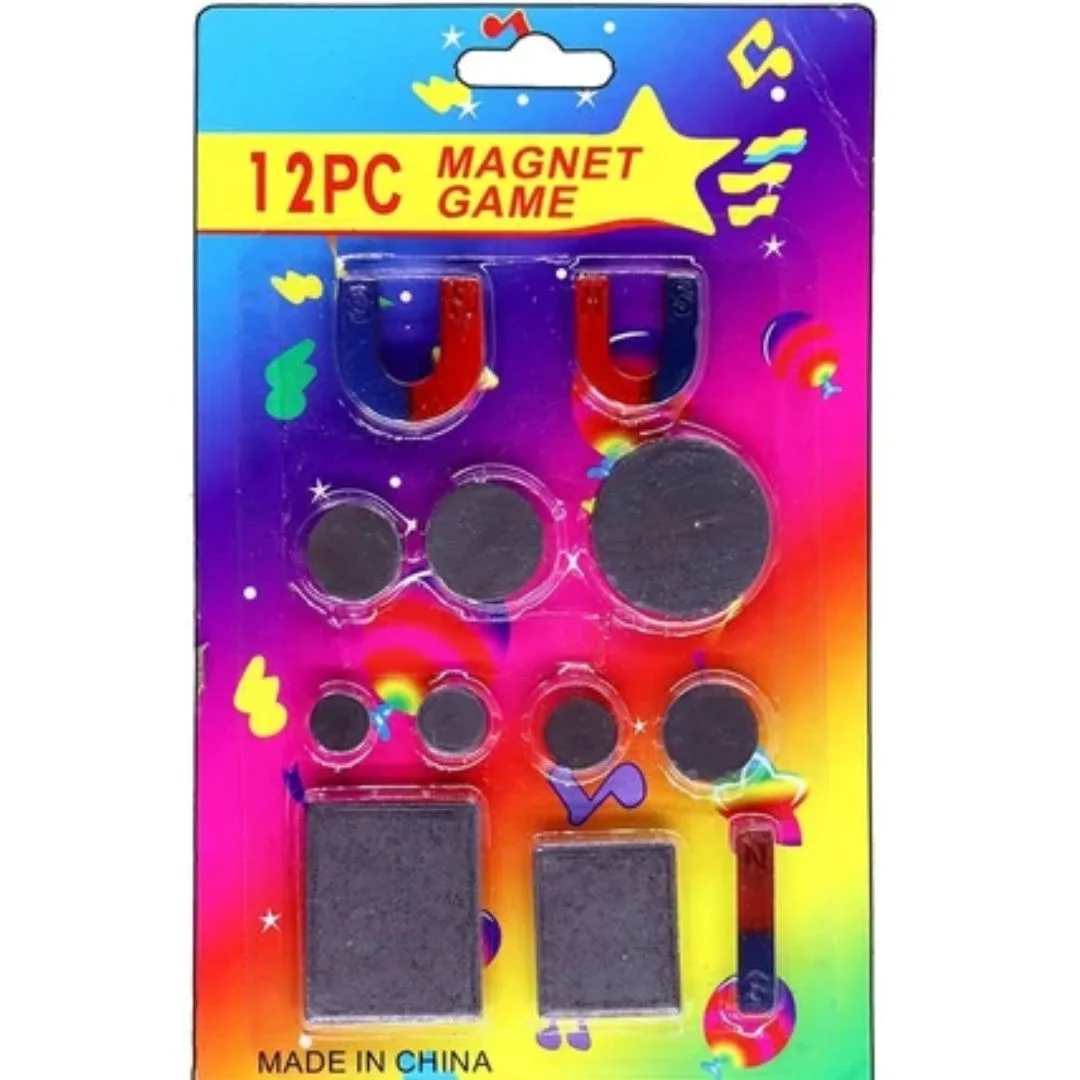

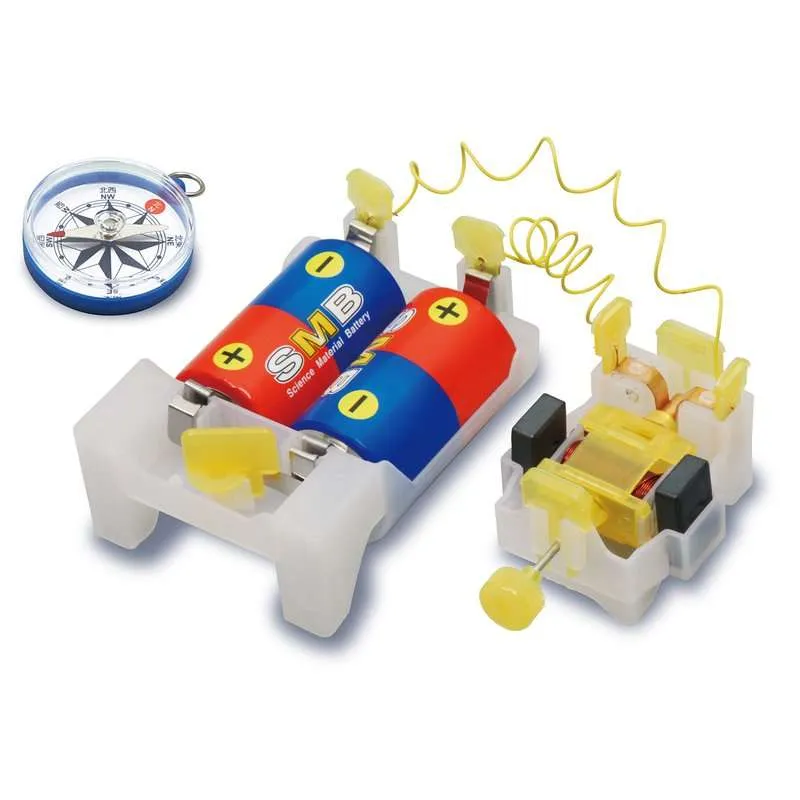
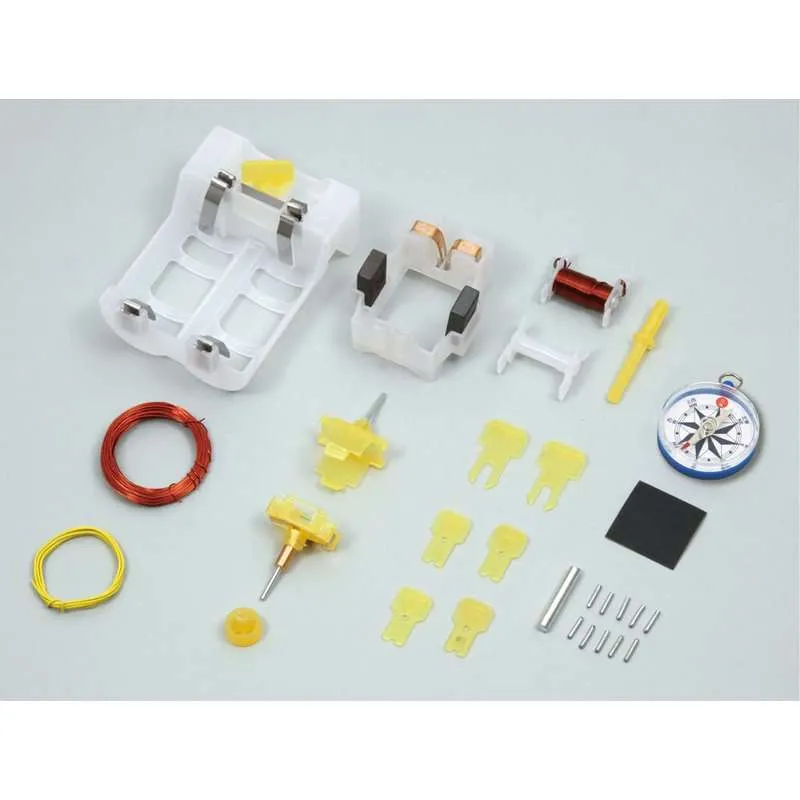


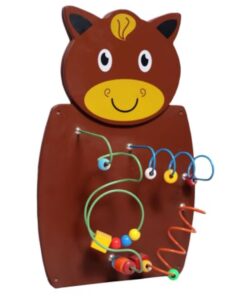
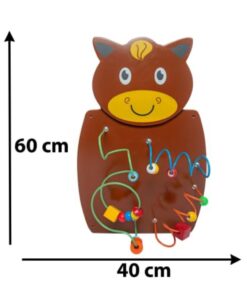
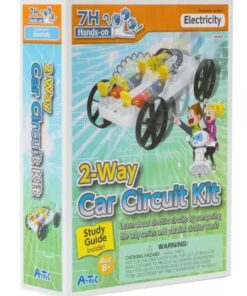
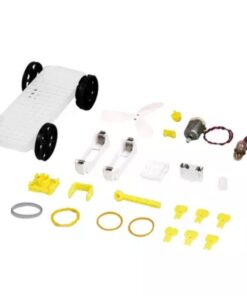



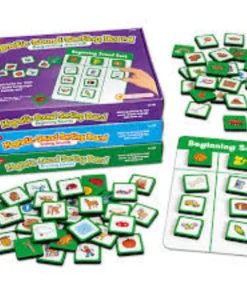






Reviews
There are no reviews yet.